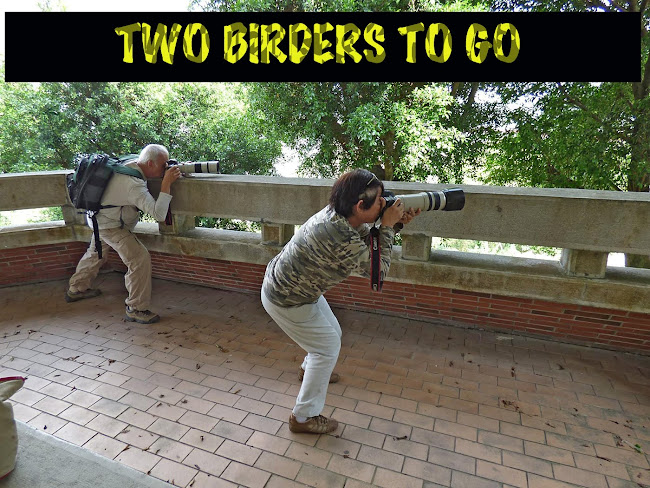And to go birding. And while at it, why not even add a new species to our lifelist?
A gazillion thanks to our friend, Ding Carpio, who broke his birding hiatus just at the right time. It all began when an "uncommon, poorly known" (according to the Kennedy Guide) member of the Strigidae family curiously decided to make the tree next to his office its home. Please note that access to Ding's office premises was restricted. When he posted pictures of this most unusual occurence in the internet, we die-hard, dyed-in-the-wool, bird photographers begged, cajoled, even threatened our dear, accommodating friend to take us where the action was. He relented, of course. How can he not?
Early in the morning of the last day of 2011, seven enthusiastic, adrenalin-pumped birdnuts joined Ding in taking photographs of Bubo philippensis. The endemic Philippine Eagle-Owl, the largest owl found in this country, simply sat there giving us that wide-eyed look, occasionally assuming an angry bird stance.
 |
| Who are these people? |
 |
| Angry Owl |
We sure ended the year with a hoot and an owl!




































